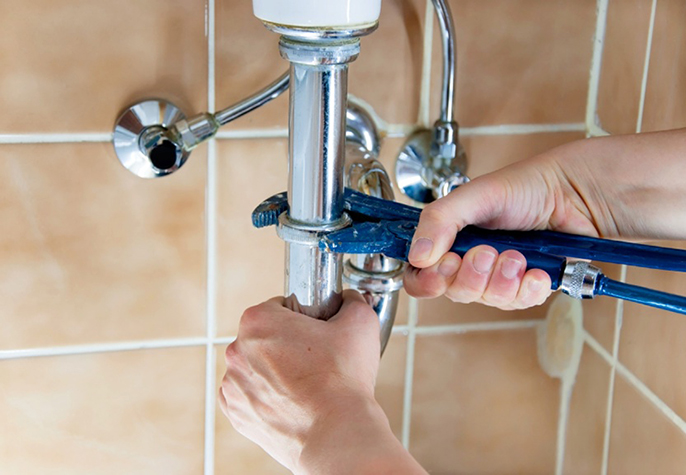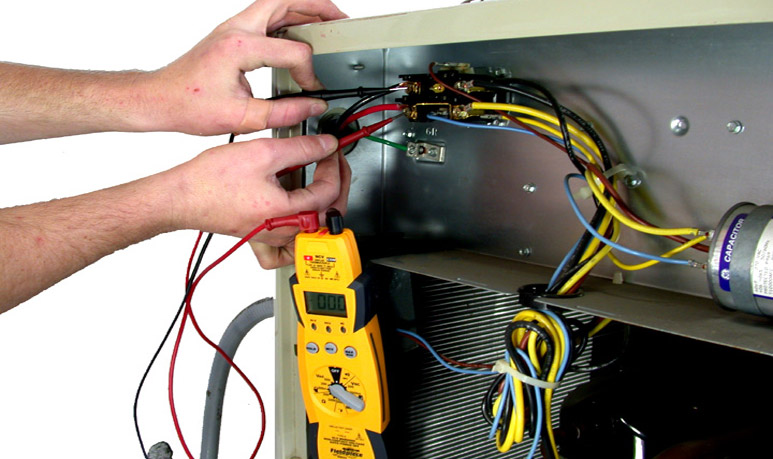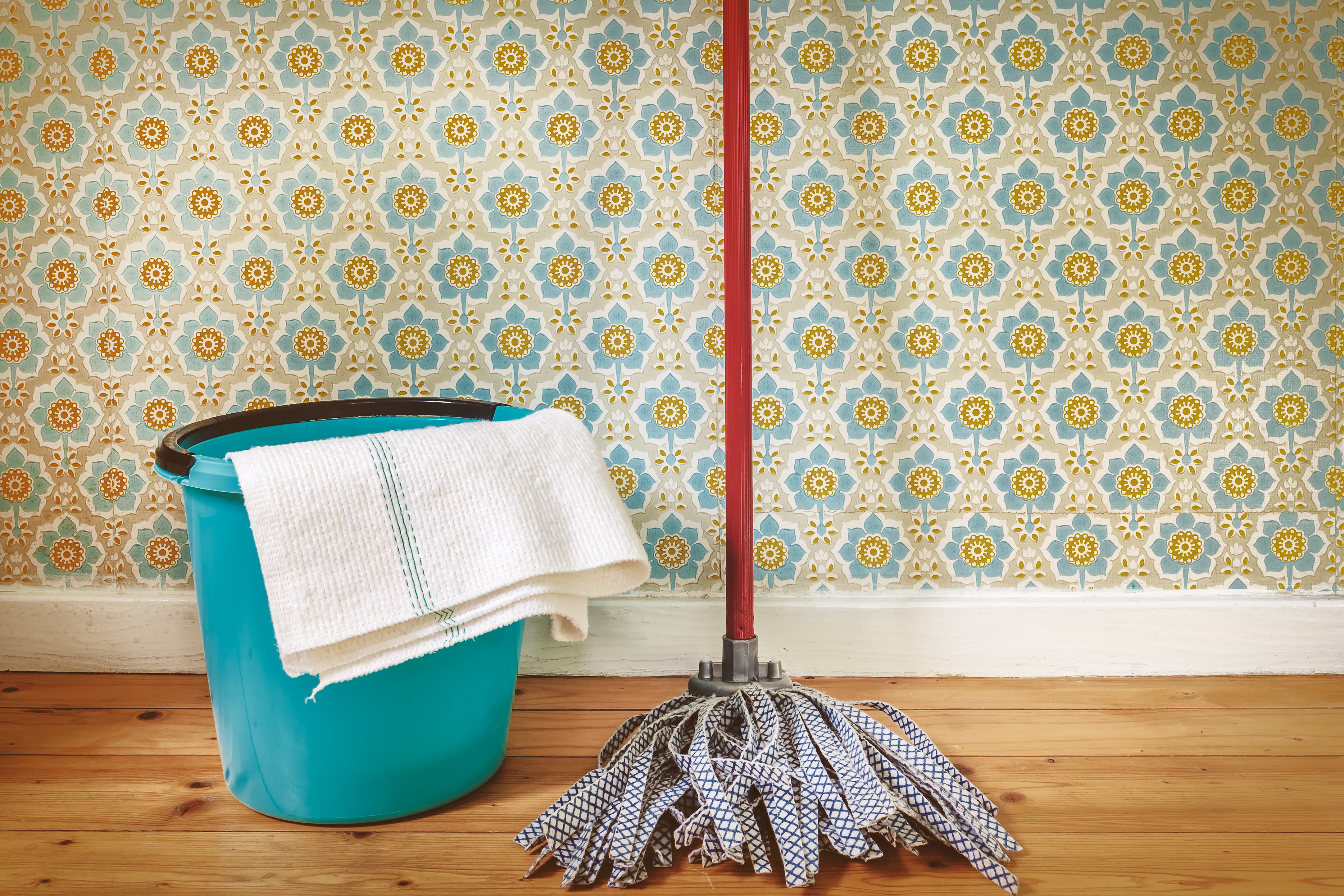Author Archives: 2010admin

People don’t often think about their plumbing until it’s not working. During the cold winter months, the odds of that happening increase dramatically. But taking care of your pipes, faucets, and more and keeping them more top of mind can prevent the worst from happening.
Try these seven ideas.
- Run the water on cold days. Most of the winter, water will have no problem running through your home’s pipes despite the temperatures outside. But on particularly cold days — think 10 degrees and below — the chill can get into the pipes and cause issues. Open the faucets to a very slow drip leave it — you’ll keep the water moving, avoiding freezing, without wasting much water.
- Keep your heat on even if you travel. Heading out of town for a few days. The economical side of you may want to turn off the heat to save money — who needs to heat an empty home? But your home isn’t totally empty – your plumbing is left behind and needs to be attended to. You can lower the temperature; consider setting the automatic thermostat to kick in of the home dips below 60.
- Make sure your pipes are insulated. Both the cold and hot water pipes in your home need can benefit from a cozy warm blanket during the winter. Cover exposed pipes (attic, basement, and outdoors) with foam wraps available at the hardware store, and make sure your walls have enough insulation for those pipes hiding within.
- Turn off outdoor plumbing. Make sure the water supply to outdoor faucets, irrigation systems, and water features is turned off and disconnected. Removing the hoses removes any remaining water and prevents it from freezing inside the systems.
- Keep an eye on your septic tank. If you have an onsite septic system, it can be impacted by the cold. The ground and even layers of snow can provide insulation, but there is still a chance of the line from your home to the tank freezing, or worse, the tank itself bursting. If you sense any changes in your waste removal, call a Madsen tech — issues addressed earlier are easier to fix and less costly.
- Have your hot water heater checked out. Regular maintenance on your HVAC and plumbing systems can not only keep them running in proper order longer, but can prevent major issues. You’ll never miss hot water more than in the dead of winter. Since the cold temperatures make your hot water heater work overtime, make sure it’s up for the task.
- Be prepared. If something does go wrong and your pipes burst, make sure everyone knows how to respond. Identify the master water valve, make sure everyone knows how to use it, and keep Madsen’s information handy.
—
Madsen, Inc. provides reliable, high-quality and expert service for Heating, Cooling, Plumbing
and Kitchen & Bath Design to Delaware County and the surrounding areas. For more
information give us a call at 610.356.4800 to see how we can help you.

With cold temperatures and snow around the corner, your HVAC system will soon be working some overtime. But is it ready for the challenge? Tackle these four simple to-dos now to ensure a stress-free season.
1. Clean or Replace the Air Filter
Most disposable air filters are designed to last about three months max, so make the switch part of your winter (and summer) plans. Why? Dirty air filters not only don’t work as well at catching air pollutants like dust and pollen, but with less space for the air to flow through they can make your furnace actually run harder and longer than necessary. For the most efficient system, check your filter monthly.
2. Clean the Air Vents
Clean the other areas of your system as well, like the access vents. Use a vacuum attachment of dust clock to remove any grime, dust, or other dirt, and make sure the vent isn’t blocked by furniture or rugs. All this will help air flow better and prevent dirt and dust from entering your HVAC system and circulating around your home.
3. Update Your Thermostat
It’s time to set your plan for winter temperature control and energy efficiency. If you have a programmable thermostat, make sure you switch to the ideal winter schedule, setting the temperature cooler in the evening and while you are away from your home for work and school. It really works: according to the U.S.Department of Energy, you can save 1% for each degree if the setback period is eight hours long.
4. Schedule an Inspection
The only thing worse than a broken heating system is when it’s broken on the coldest day of the year. Ensure you and your family will be safe and warm for the upcoming season by getting an
inspection now. A Madsen tech can check all the components of your furnace and suggest any maintenance or repairs you may need. Call us today to schedule your HVAC check.
—
Madsen, Inc. provides reliable, high-quality and expert service for Heating, Cooling, Plumbing and Kitchen & Bath Design to Delaware County and the surrounding areas. For more
information give us a call at 610.356.4800 to see how we can help you.

Upgrading or replacing your HVAC system is a necessary but often scary endeavour for homeowners — they’re excited about the idea of better heating, cooling, and energy efficiency,
but not looking forward to the expense of the system and labor. And so they hold off, or try to break the replacement into smaller stages.
We totally appreciate the investment a new system can be, but replacing your entire system when its time is actually the more affordable option. It also happens to be better for your home,
schedule, and comfort.
Why?
1. You’ll get a full, compatible, efficient system you can count on. Replacing pieces of your HVAC system piecemeal means you are only focusing on the component in question. You may use different service providers for each, or look at different brands. In this search for the best price, you may inadvertently purchase components that eventually do not work together, and end up having to purchase items yet again. When you replace everything at once, your service tech will suggest and install components that are not only compatible, but together create the best system available for your home’s size and needs.
2. You’ll have one warranty for everything. In the unfortunate event that something in your system breaks you have the peace of mind that your system’s warranty will cover it. If you have purchased your condenser and furnace separately, they will be on different plans with different dates, and possibly different coverage. If the issue in question impacts pieces across the board, you may need to deal with two warranties with different criteria, or end up paying for items out of pocket.
3. You’ll save money. You know how you get a deal on applesauce or paper towels when you buy in bulk? Volume discounts apply to most items, including HVAC systems. Service providers like Madsen will be able to give you a better price when you are investing in a larger number of parts. You will almost certainly pay less when you replace a full system at once than the AC and heating sections separately.
4. You’ll be able to opt for higher energy efficiency. New AC models with higher SEER ratings are a great investment, as are modern furnaces with a higher annual fuel utilization efficiency AFUE). However these new units often require the other pieces of the HVAC system to be of a certain size or quality to work properly.
This all said, if either your air conditioner unit or your furnace is working perfectly and it’s just the other component that needs replacing, there’s no need to tear everything out. Furnaces can
often last up to 30 years, and air conditioning components 10-15.
Discuss your needs with your Madsen service tech and determine the right replacement path for you and your home. Contact us today for a free inspection and assessment.

When you’re looking to do your weekly home cleaning, dusting and vacuuming are almost certainly on your list. These two common chores do help improve the look of your home — but do they truly remove the dust and debris you think they do?
Maybe not. Both dusting and vacuuming work by moving the dust, pollen, skin particles, and other items coating your furniture and floors — and when they are moved, they may not always land where you want them to. It’s inevitable that some of this pesky dirt will not only be left behind, but be disbursed through the air, which means it’s breathed in or resettles on the surfaces you just spent precious time cleaning.
The result? A continual cycle of dust that not only is frustrating, but can also exacerbate allergies.
But if cleaning actually makes your home feel less clean, what can you do?
The answer lies in a simple trick using something your home already has – a thermostat. As you begin your dusting or vacuuming, switch the system’s fan from “auto” to “on”. As the fan kicks in, any particles that are let loose into the air will be pulled by the fan into your venting, where they’ll be contained by your system’s filter.
Leave the fan on for about five minutes after you’ve finished your chores, then remember to turn it back to “auto”; running the fan constantly will run up your energy bill.
Happy cleaning!

The ozone layer and general outdoor air quality concerns have been making headlines for years, but have you ever thought of the population filling the air within your own home?
We often think of our home as a retreat, but your safe space may be causing you or your family members harm. That’s because air pollution – indoor or outdoor – can seriously impact a person’s health, increasing your chance of chronic lung problems, asthma, or chronic obstructive pulmonary disease (COPD).
But just as you clean your furniture and floors, you can do things to clean the air within your home. Here’s some ways to get started.
Be more thoughtful with your household products
Some of the most common household cleaners can actually be very irritating to the human airways — think bleach and hydrochloric acid. Read ingredient lists of your cleaners and if they
include items you’d rather not have at home, switch to more natural-based cleaners or even simple items like lemon juice, vinegar, and hot water.
Remove other items from you home that can cause lung issues
Items with strong perfumes (scented candles or body lotions, for example) can exacerbate asthma, as can the fumes from many paints, glues, and inks. If you don’t truly need them, remove them.
Opt for tile or hardwoods over carpeting
Carpets love to hold onto dust, dander, pollen and other indoor pollutants, and even regular vacuuming cannot remove all of the danger. If you have a family member with sensitive lungs,
remove old carpeting and replace with more hypoallergenic laminate, tile, or hardwood.
Invest in a HEPA filter
Don’t settle for a cheaper air purifier — many models simple move the dust around and can actually make air quality worse. A high efficiency particulate arresting (HEPA) filter is the best way to really clean your air.
Use a dehumidifier
Pollen and mold spores love moist places, so encourage them to go elsewhere with a dehumidifier which removes excess moisture from the air.
Get your HVAC system cleaned regularly
Remove excess dust, pollen, mold spores, and other pollutants from the vents that supply air to your home on a daily basis. While you can easily clean the vent covers, call your Madsen tech for an annual full cleaning that gets deep within the system and provides the cleanest air possible.


